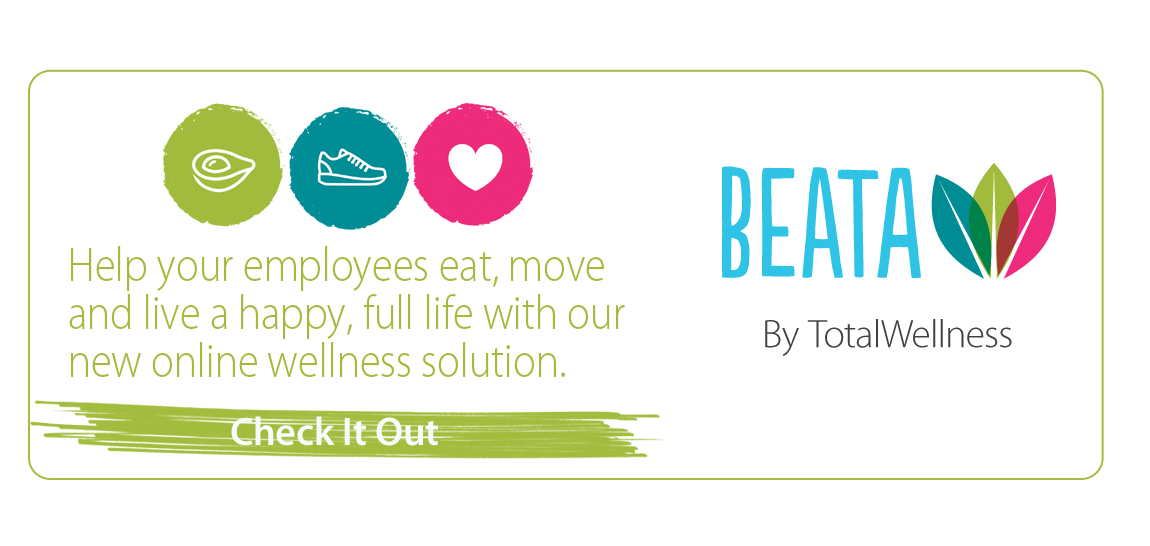
Finishing that last rep and walking out of the gym is truly the best feeling. You’re buzzing with endorphins, feeling energized, and ready to take on the world! But, about 12 to 24 hours later, sore and stiff muscles begin to put a damper on your day.
If you’re like most people, getting sore is the worst part about exercise. It causes pain and discomfort that can distract you throughout the day. It might also make your next gym visit sound a bit too unpleasant to follow through with. Luckily, soreness from working out can be prevented. It just takes a little bit of knowledge and a few extra steps in your workout routine to keep your muscles feeling good and ready for your next gym session.
Keep reading to learn how to prevent sore muscles from exercise and how to help soothe already sore muscles:
First of all, what causes soreness?
Soreness is most common for anyone who has just started weight training, intensified their exercise routine, or performed a strenuous cardio activity. Exercise can cause microtrauma (micro-tears) to the muscle fibers, whiccauses them to become swollen and sore after about 12 – 24 hours post workout. More swelling can also occur from the increased blood flow muscles receive during physical activity.
Remember that mild soreness from the exercise is completely normal and a natural outcome of physical activity. However, regular, intense pain after working out is not normal. This could be a sign of injury, so check with your doc if your soreness is frequent and painful.
Prevent Sore Muscles
Wanting to prevent sore muscles? Add these extra steps into your exercise routine to prevent or reduce the pain associated with sore muscles:
Hydrate. Make sure you’re properly hydrated before and during your workout. Muscle cells need water to recover, so always drink enough water throughout the day and keep yourself hydrated while exercising. Keep a water bottle with you at all times, even if you’re running or biking.
Warm-up. Never forget to warm-up before your workout! Warming up is essential to a great workout and muscle recovery because it improves blood circulation. One of the worst things you can do for your body is jumping straight into a workout without helping your body transition into exercise-mode. Check out some warm-up routines here.
Use proper form. Be sure that you’re using proper form while lifting weights, using equipment, and performing any other exercises. If you’re not sure how to use certain equipment or perform a certain exercise, don’t be afraid to ask a personal trainer at the gym. There are also a lot of helpful demonstration videos on YouTube you can watch to make sure you’re using proper form.
Ice bath. If you’re prone to muscle soreness and tenderness after a good workout, try taking an ice bath when you get home. Ice baths can help prevent inflammation before it starts.
Eat. Make sure you are getting the nutrients your body needs for muscle recovery. You need healthy proteins, carbs, and fats to help repair and maintain muscles. You can also try eating some healthy foods that naturally reduce inflammation, like tomatoes, olive oil, leafy greens, and cherries.
Treat Sore Muscles
Sometimes soreness can’t be entirely avoided after an intense workout. Here are some ways to help reduce that stiff, achy feeling if your muscles are already sore:
Keep moving. Use those muscles! Soreness actually increases when you don’t use the muscles that have been exercised. While you should avoid any vigorous activities that cause pain, sitting on the couch all day with little movement can actually increase the swelling and cause the soreness to last even longer. Try doing some light stretches to help your muscles recover faster.
Massage. Gently massage your sore spots. Massaging provides a feeling of instant relief and helps ease pain and tenderness. You can also try using a foam roller to massage any sore areas. Both techniques are known to enhance muscle recovery after physical activity.
Ice. Use an ice pack wrapped in a towel and apply to your sore spots. Be sure not to apply ice directly to your skin as this can cause irritation and damage to your skin tissue. Use an ice pack for short periods of time, several times a day. This should temporarily numb some of the pain and reduce swelling.
Don’t let sore muscles hold you back from exercising! With proper preparation and recovery techniques, you can significantly reduce or even prevent soreness from ruining your day.
How do you treat sore muscles after a workout? Let us know in the comments below!
Image created by Phduet - Freepik.com



